LABELS TIMELINE
A history of modern western gender and sexual identity labels
We live today with many labels for gender and sexual identities. But where did they come from? Some of them originate in the late nineteenth and early twentieth century, when people, a lot of them scientists or medical doctors, invented a wide range of new labels and categories.
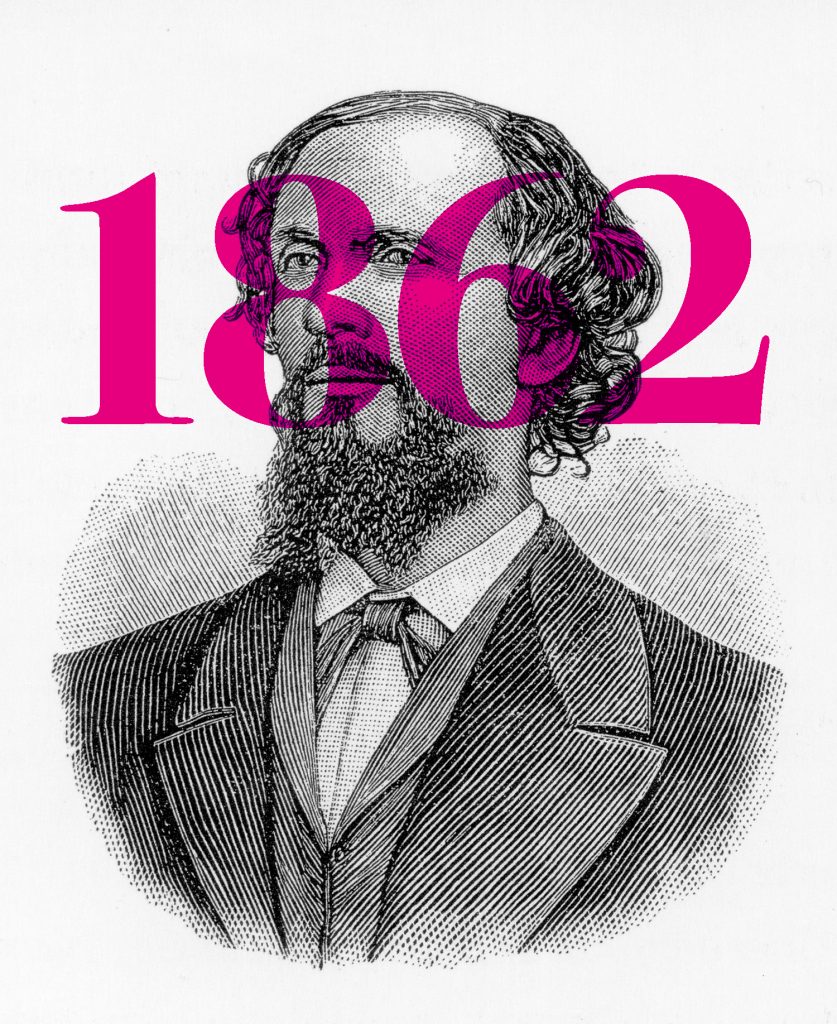
German writer Karl Heinrich Ulrichs coins the term “Urning” to describe himself as a person assigned male at birth and attracted to men. He defined an “Urning” as someone who had a “female soul” in a male body and a “Dioning” as a cis man attracted to cis women. Later, Ulrichs developed a whole scheme of identity categories. For instance, “Uranodioninging” was a cis woman who was attracted to cis men and cis women. While these were new terms, Ulrichs engaged with the past to develop these categories. More specifically, he drew on his reading of Classical texts and the ancient Greek philosopher Plato’s descriptions of “Uranian Love” for boys.
“I have the beard, limbs and body of a man, however, enclosed within them I am and remain a girl”
Karl Heinrich Ulrichs
Karl Heinrich Ulrichs (1825-1895) was a German jurist, writer and pioneering campaigner for sexual reform. Ulrichs was open about his own desires for men and publicly supported others accused of so-called “sexual offences”. His works were often banned and censored during his lifetime.
Oscar Wilde and many other male writers in Britain and America take up the term “Uranian” in the late nineteenth century to describe their attraction to men, and especially younger men.
“The Love that dare not speak its name” in this century is such a great affection of an elder for a younger man as there was between David and Jonathan, such as Plato made the very basis of his philosophy…”
Oscar Wilde
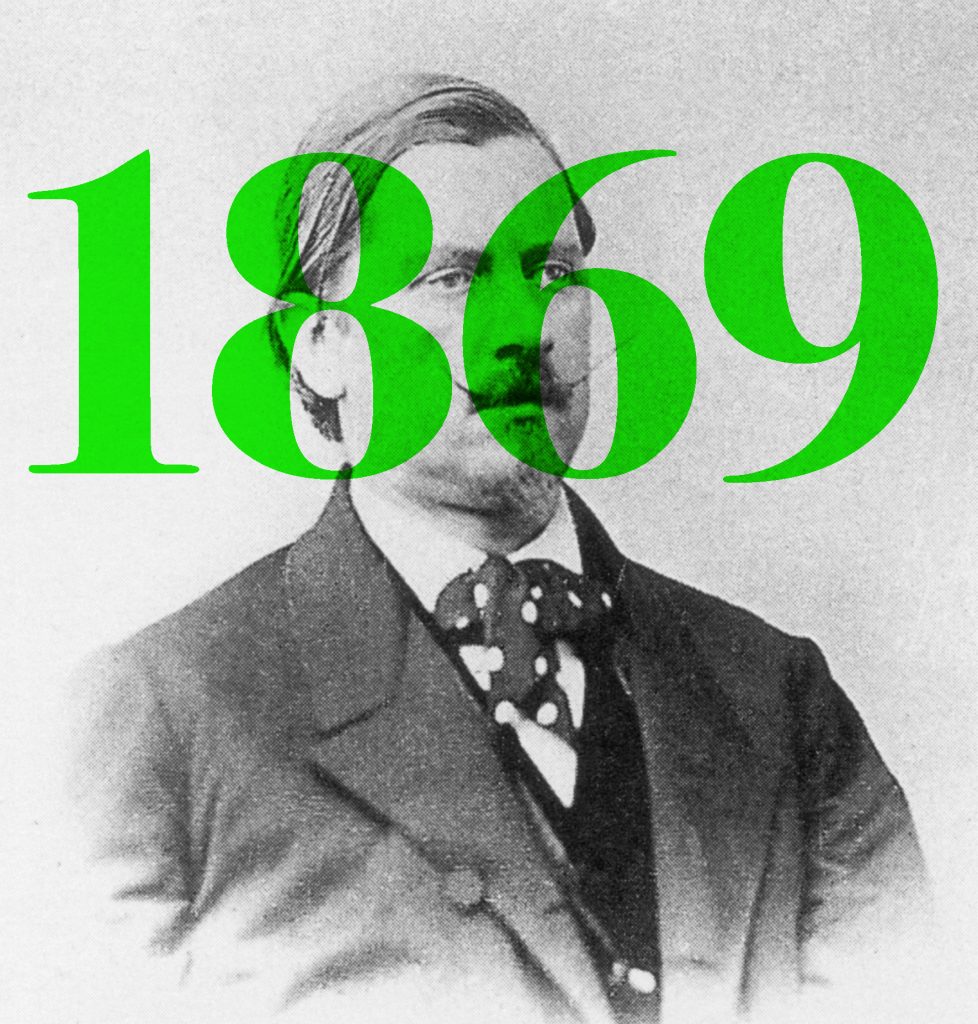
Austrian jurist Karl-Maria Kertbeny coins the terms “homosexual” and “heterosexual” as part of a campaign calling for the decriminalisation of sex between men.
Karl Maria Kertbeny (1824-1882) was a Hungarian journalist, writer and campaigner. He corresponded frequently with Karl Heinrich Ulrichs and argued that the criminalisation of male homosexuality in countries like Germany was an assault on human rights.
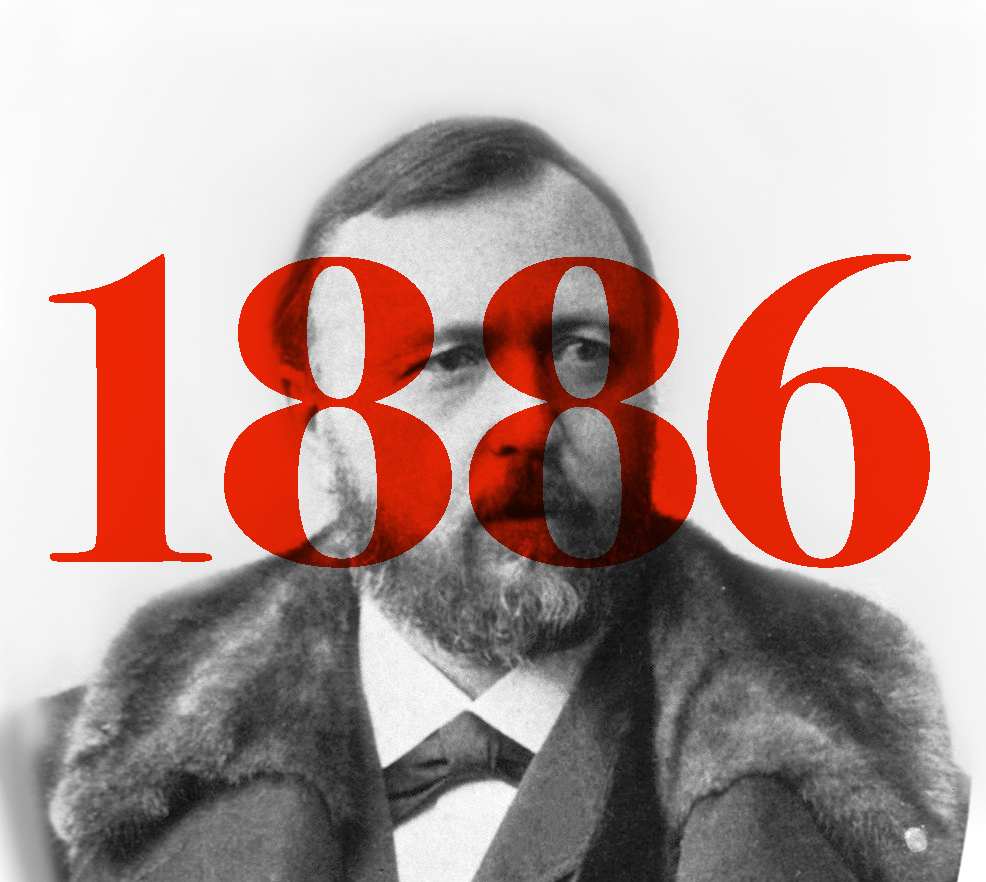
Psychiatrist Richard von Krafft-Ebing publishes Psychopathia Sexualis (Sexual Psychopathy), a book that includes numerous case histories of human sexual behaviour. In this book, he coins terms such as “sadist” (after the practices describe by 18th-century writer the Marquis de Sade) and “masochist” (after the writer Leopold von Sacher-Masoch).
Richard von Krafft-Ebing (1840-1902) was an Austrian psychiatrist with a profound interest in human sexuality. His study Psychopathia Sexualis (1886) is considered to be one of the foundational texts of Western sexology. Krafft-Ebing initially maintained that homosexuality was a form of disease, but then changed his mind and argued that it was a natural variation.
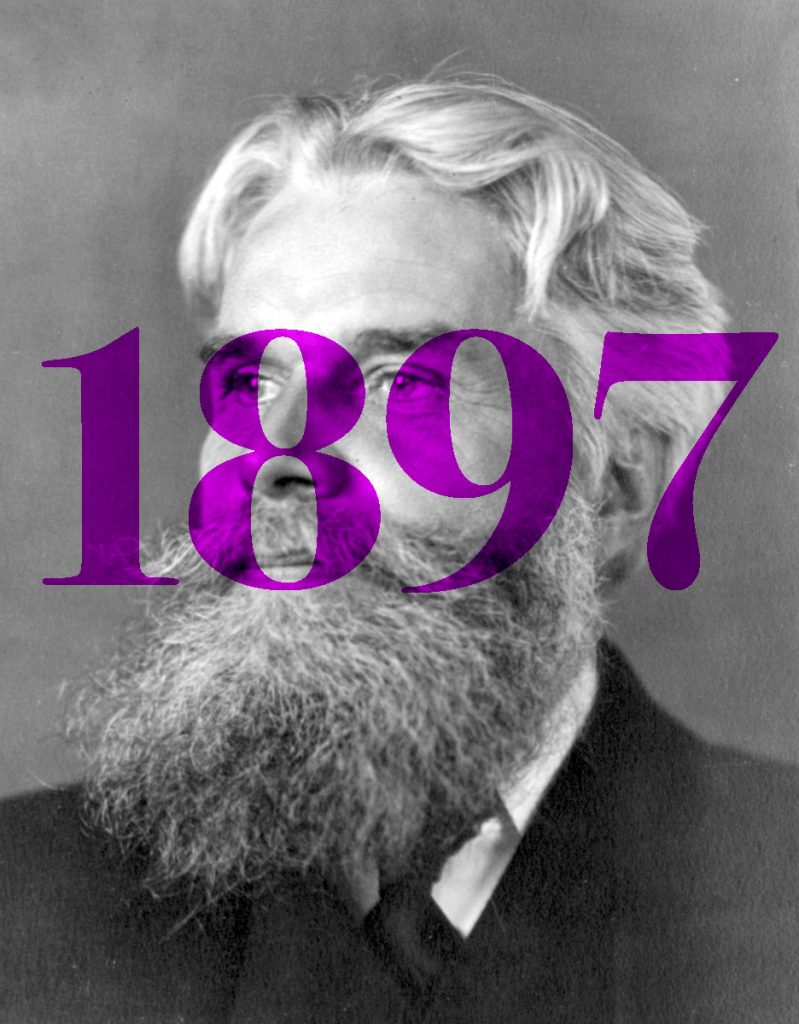
Henry Havelock Ellis publishes Sexual Inversion, which is often seen as the first English medical work on homosexuality. It was co-authored with a Classical scholar and poet, John Addington Symonds. The term “sexual invert” is often translated as “homosexual”, but actually conflates homosexual and trans identity. This is because Ellis and Symonds assumed that a person attracted to their “own sex” would often not conform to society’s expectations of the gender they had been assigned at birth.
Havelock Ellis (1859-1939) was an English sexologist who dedicated his life to the study of human sexuality. His seven-volume Studies in the Psychology of Sex (1897-1928)fundamentally shaped Western sexology. Ellis called for acceptance of LGBTQ people in his work.

Social campaigner Edward Carpenter’s term “intermediate sex” also suggests people assigned male at birth who were attracted to men had a feminine element to their identity, and people assigned female at birth who were attracted to women had a masculine element within them.
Edward Carpenter (1844-1929) was an English socialist, philosopher and activist. Carpenter was an advocate of sexual freedom and argued in books like The Intermediate Sex (1908) that queer and trans people were often highly gifted and exceptional individuals. Carpenter was in a long-term relationship with another man called George Merril.
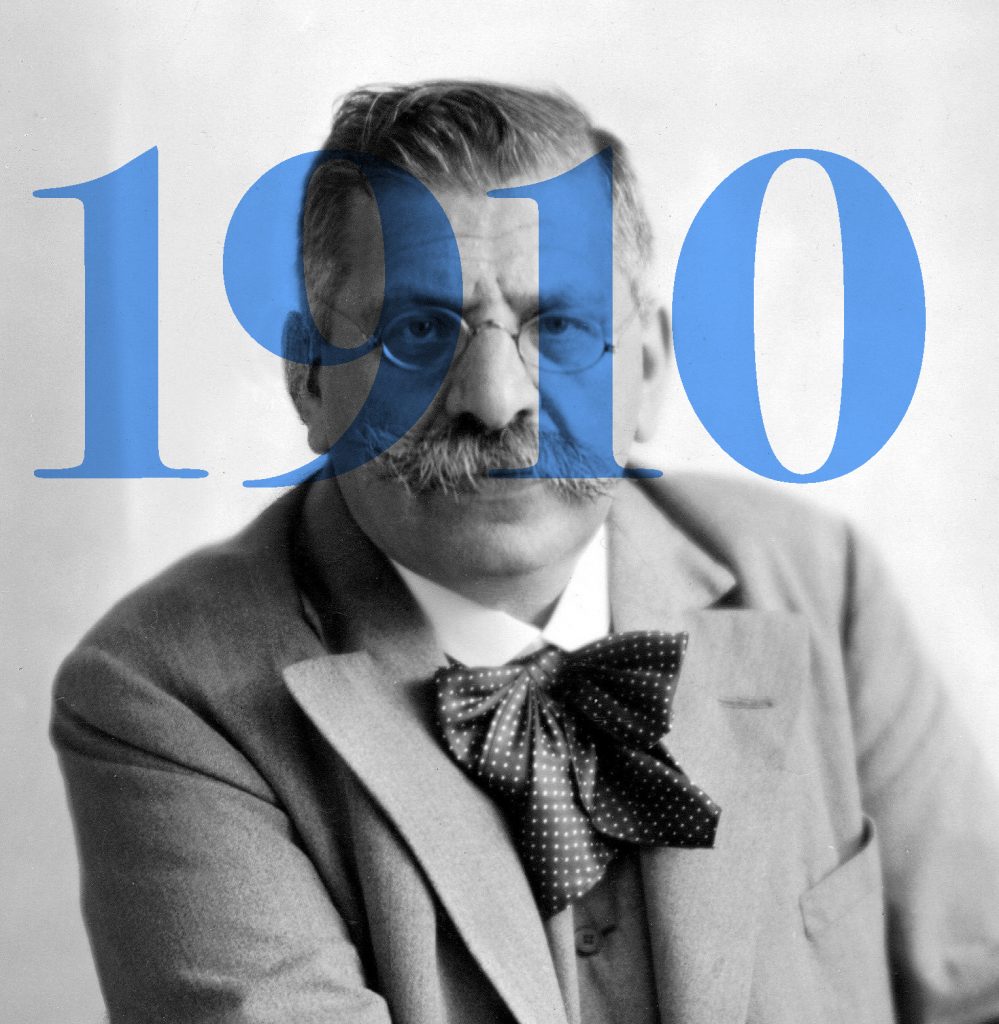
German sexologist Magnus Hirschfeld coins the term “transvestite”, derived from Latin meaning ‘cross-dresser’. It is used by Hirschfeld more broadly to describe people we might call trans today. This is arguably the first attempt within Western culture to separate homosexual and trans identity and to create a new language to talk about trans identity specifically.
Magnus Hirschfeld (1868-1935) was a German-Jewish physician and one of the most important sexologists in the modern Western world. Hirschfeld was an international authority on gender and sexuality and would be referred to as the “Einstein of Sex”. In 1919, Hirschfeld founded the first Institute of Sexology in Berlin, which was raided and destroyed by the Nazis in 1933. Hirschfeld was a life-long advocate of LGBTQ rights and a gay man himself.
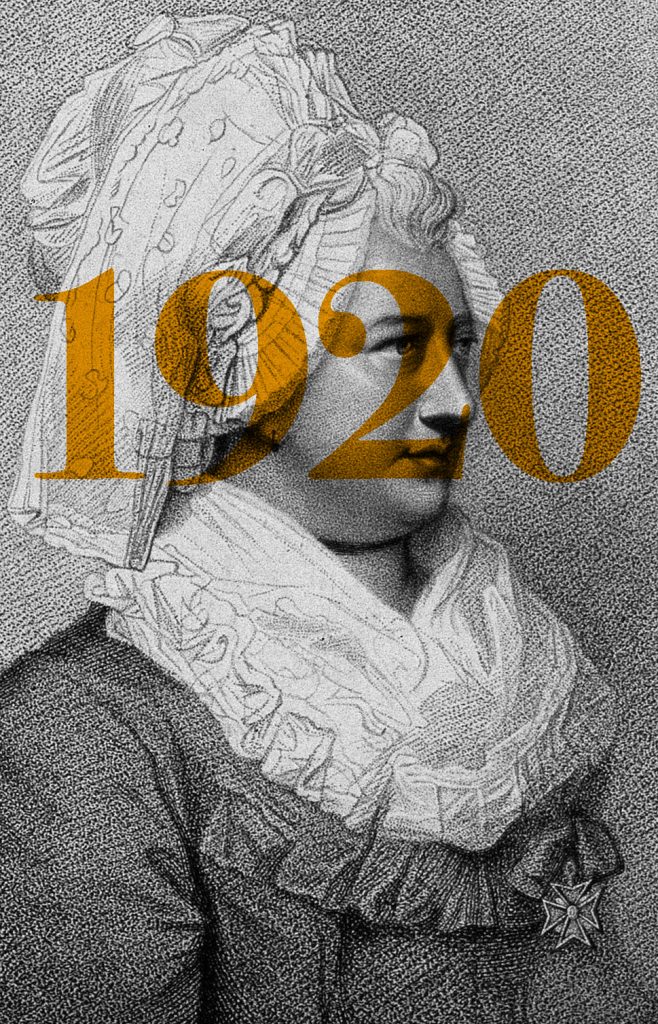
Havelock Ellis invents the term “Eonist” to describe trans women, named after the Chevalier d’Eon, an 18th-century Knight who lived as a woman. Ellis tries to set his term apart from Hirschfeld’s ‘transvestite’, because he stresses that Eonists are not only interested in wearing clothes considered to be feminine, but identify as female psychologically.
